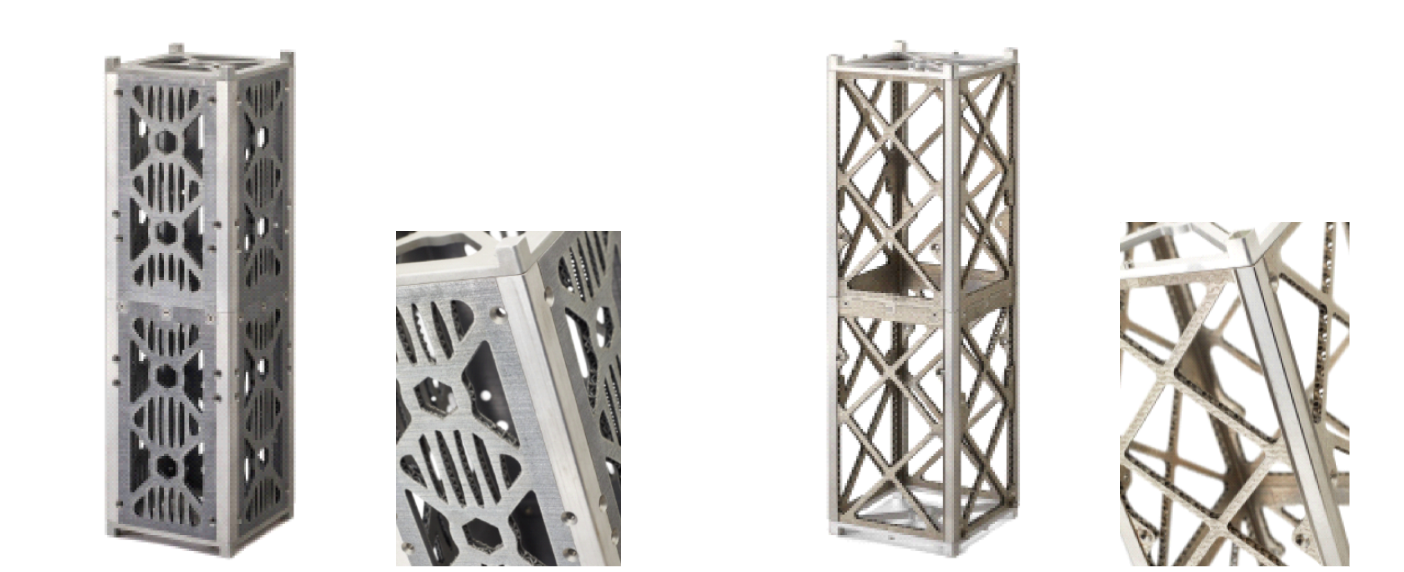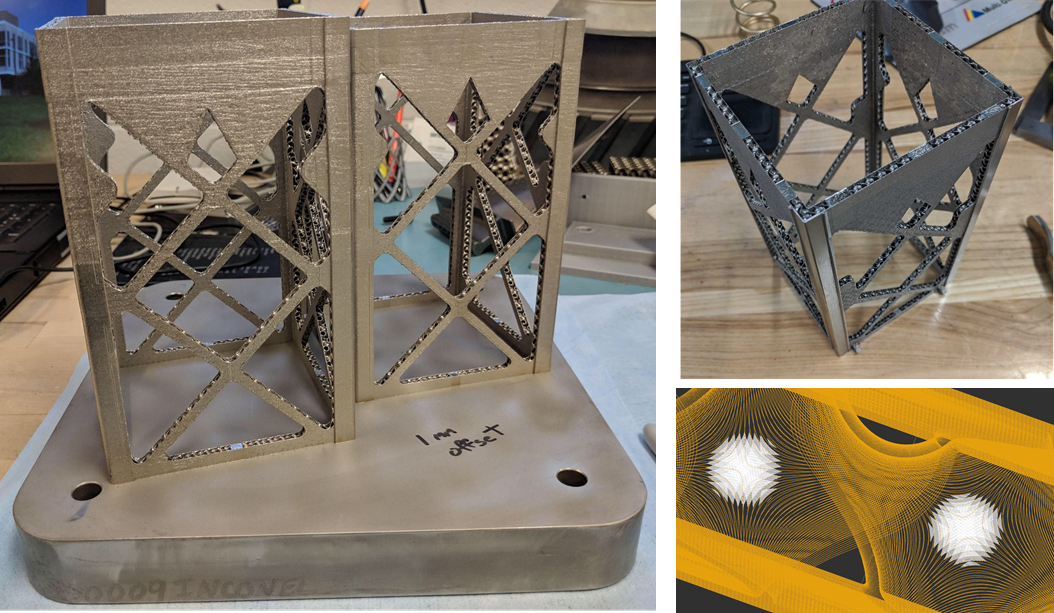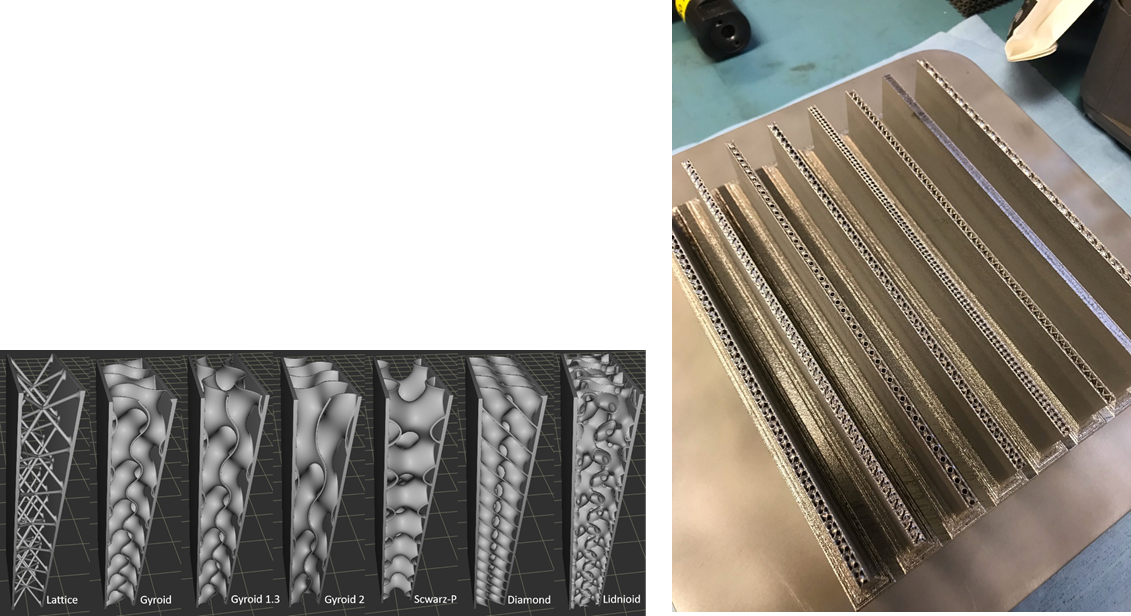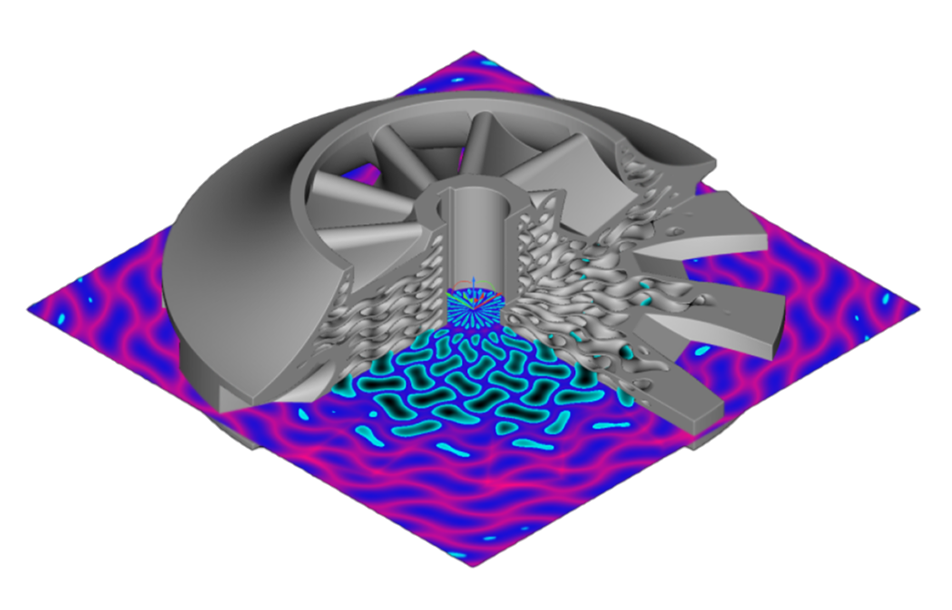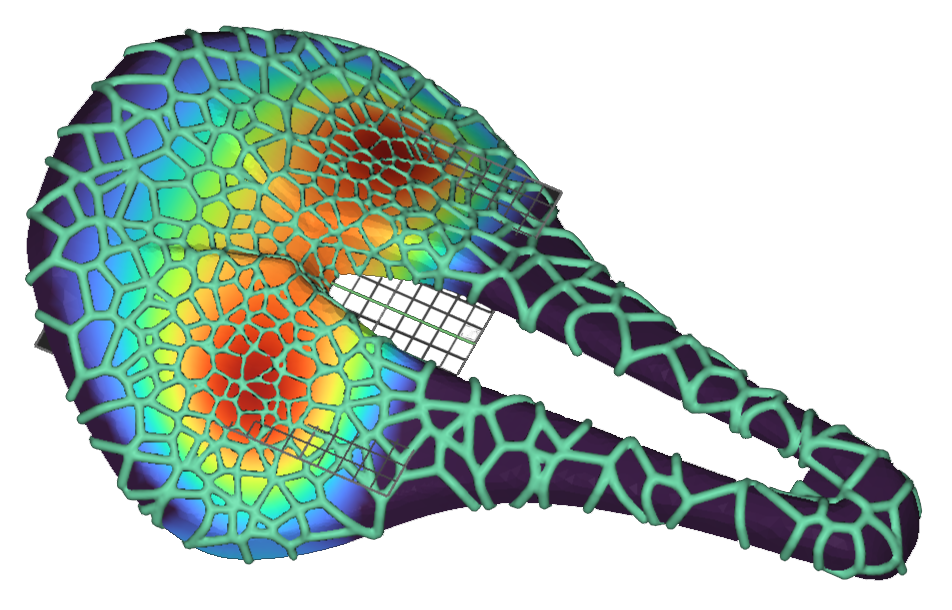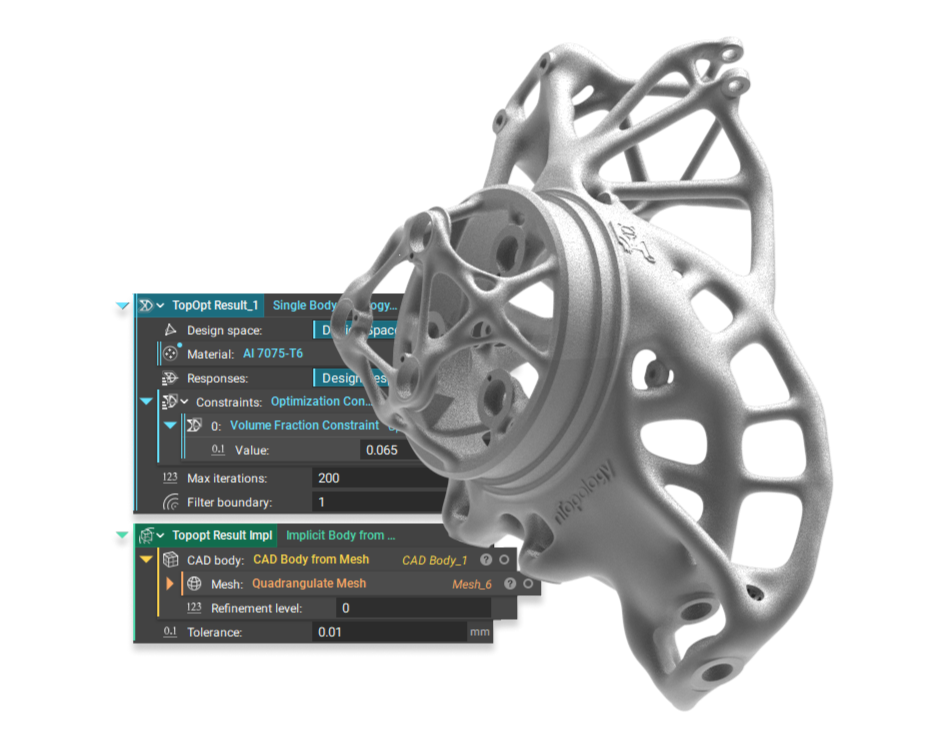Architected materials
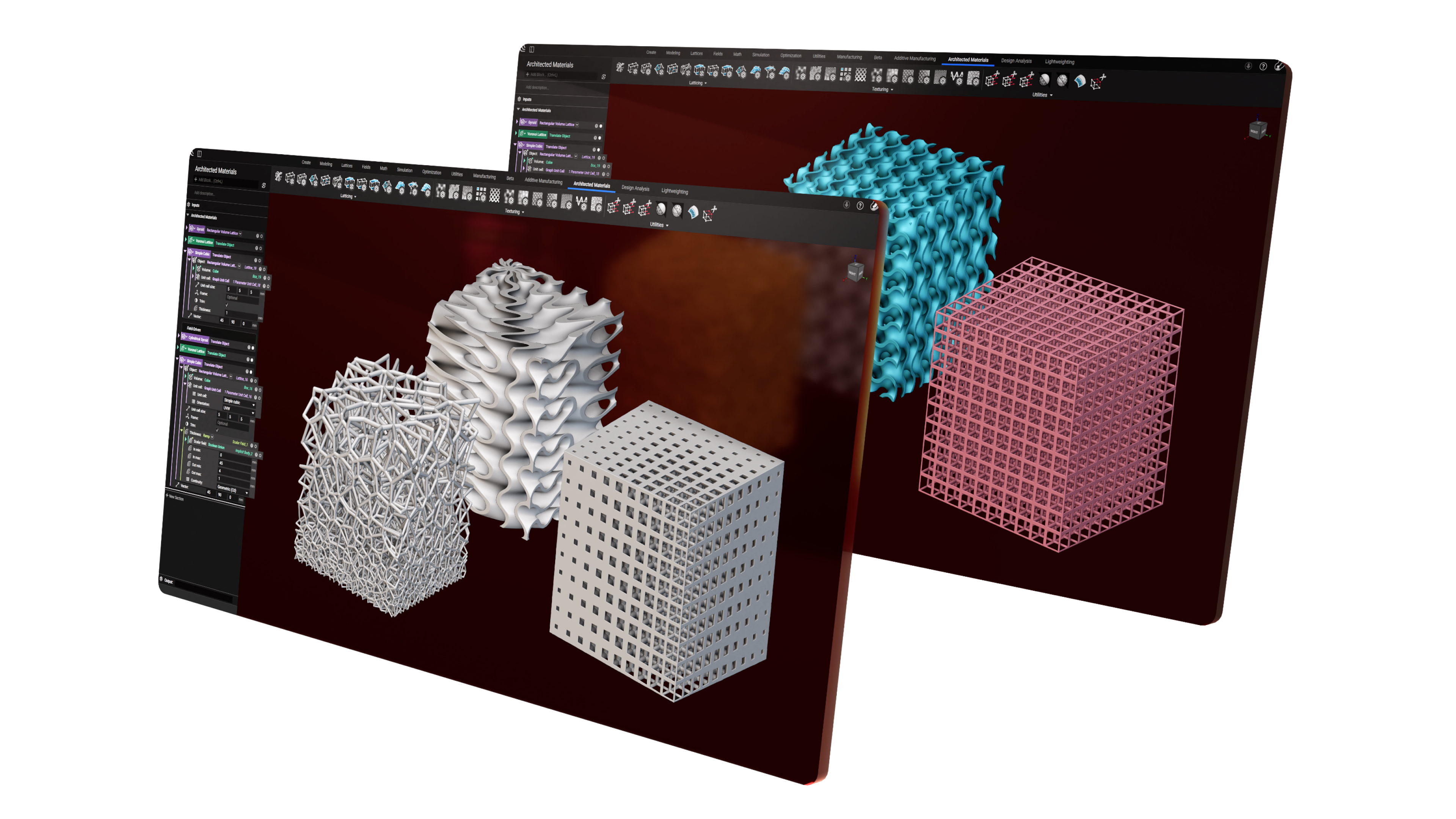
Overcome material limitations and enhance product performance with the most sophisticated toolset for additive manufacturing on the market.




Benefits of architected materials with 3D printing
3D printing maximizes the benefits of architected materials to expand a product's functionality, safety, performance, and customization options.
Industry applications of architected materials
Architected materials can help you develop highly-engineered structures across a range of industries.
Medical device industry
Additively manufactured architected materials enable engineers to increase osseointegration in implants by mimicking the characteristics of bone. They can also enhance the comfort of prostheses and orthoses by improving breathability and flexibility.
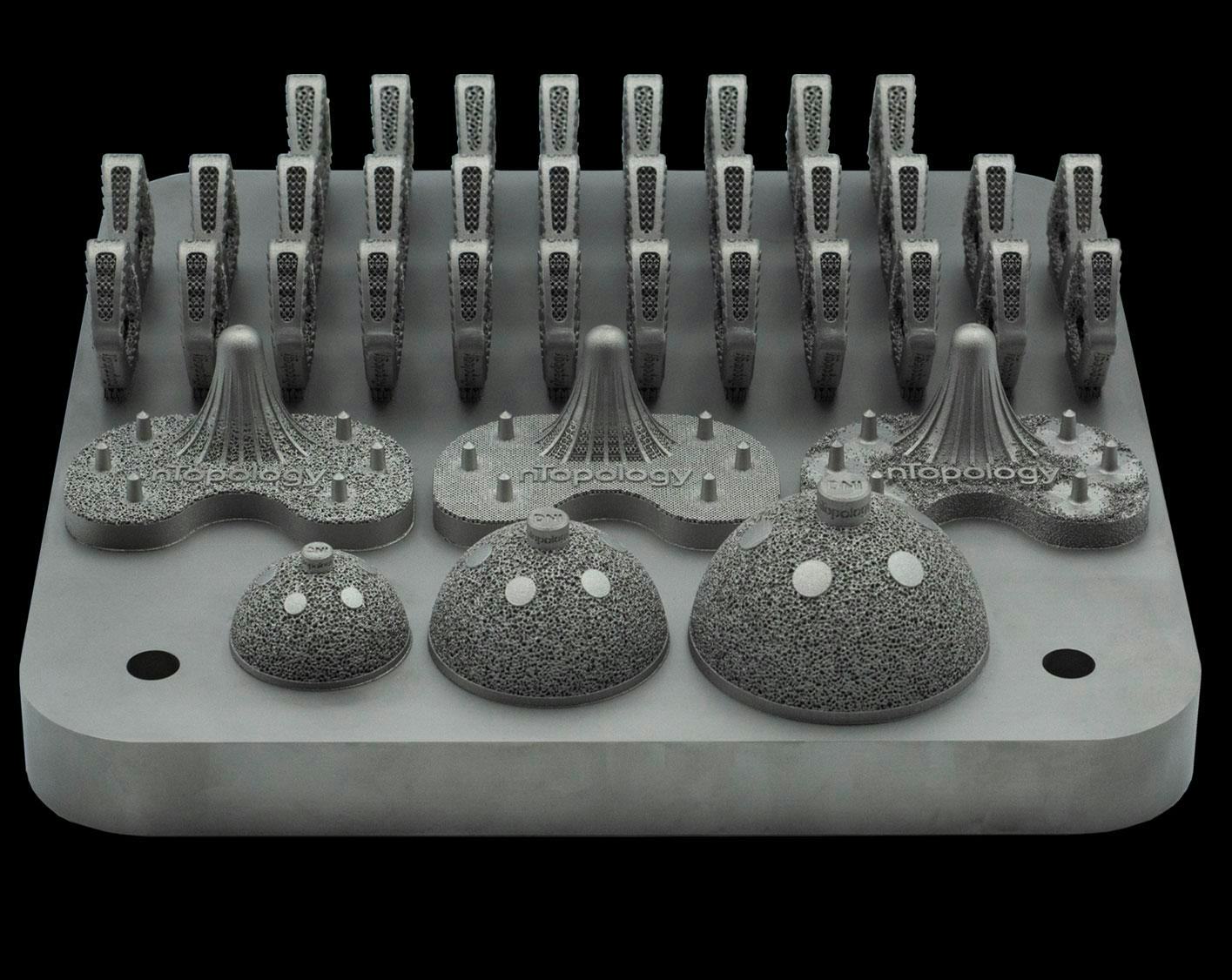
Consumer products industry
From footwear to sports and protective equipment, 3D printing architected materials creates new opportunities for engineers to control stiffness, improve ergonomics, and increase impact absorption.
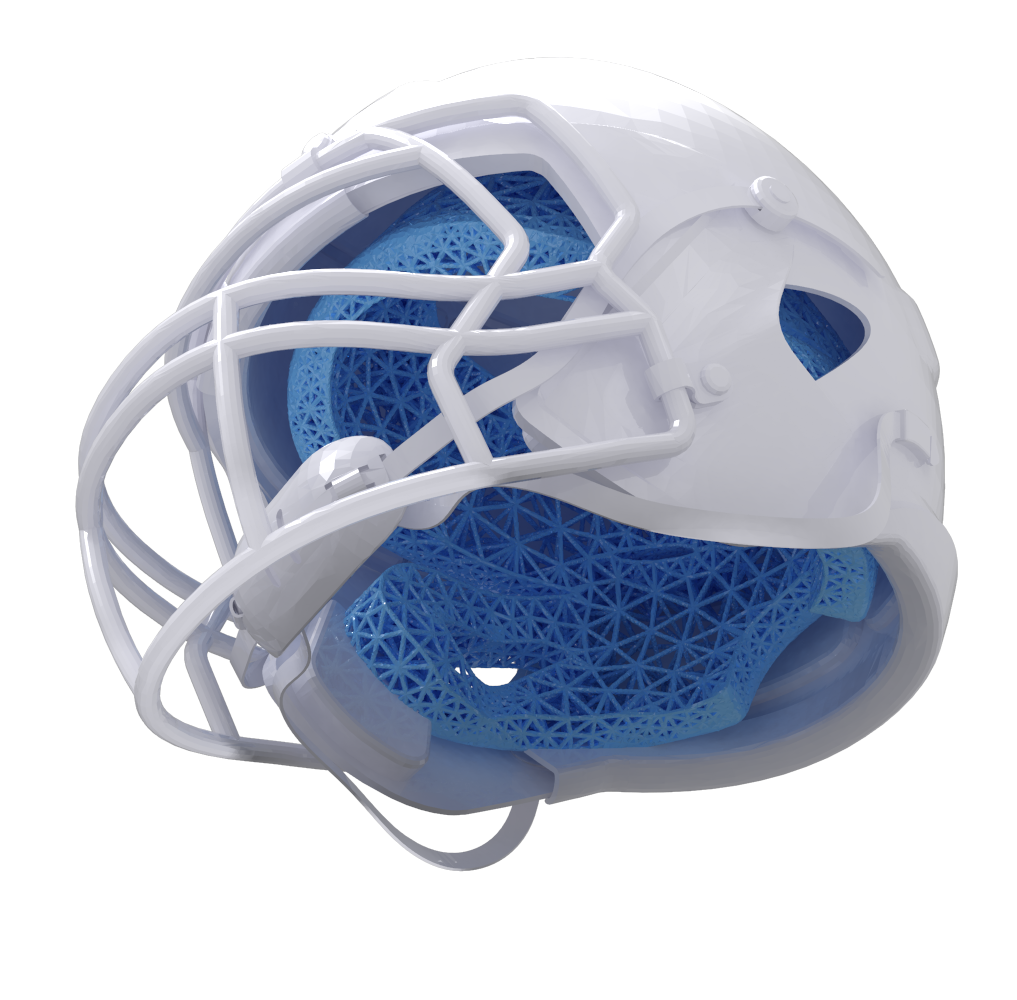
Automotive industry
Architected materials can improve passenger comfort by integrating 3D-printed foams with improved cushioning into seats and headrests. They can also enhance safety by defining how a structure collapses on impact.
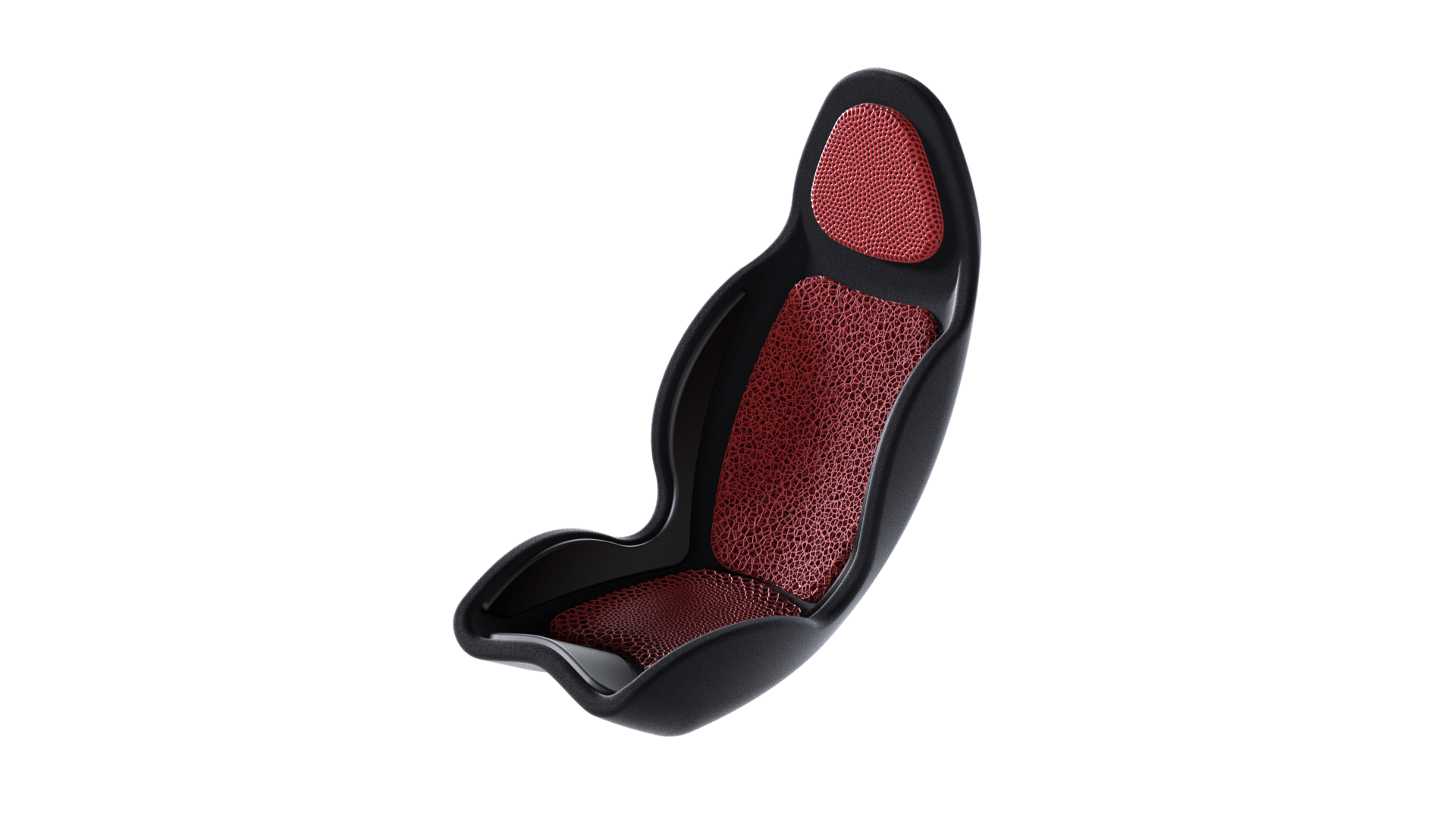
nTop’s critical tools for architected materials with additive manufacturing
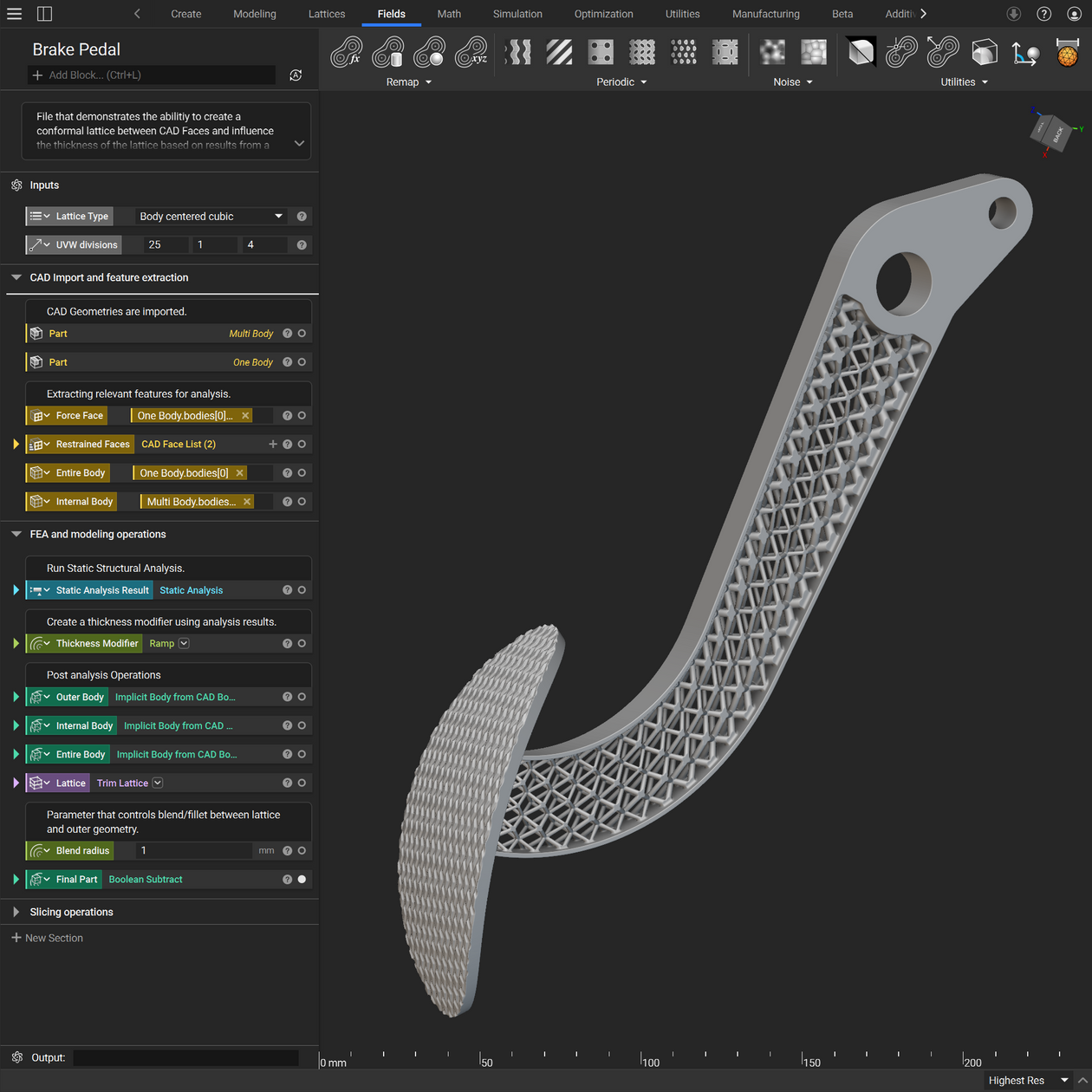
Lattice structures
Generate complex, scalable lattice structures, with variable thickness and smooth transitions, in seconds.
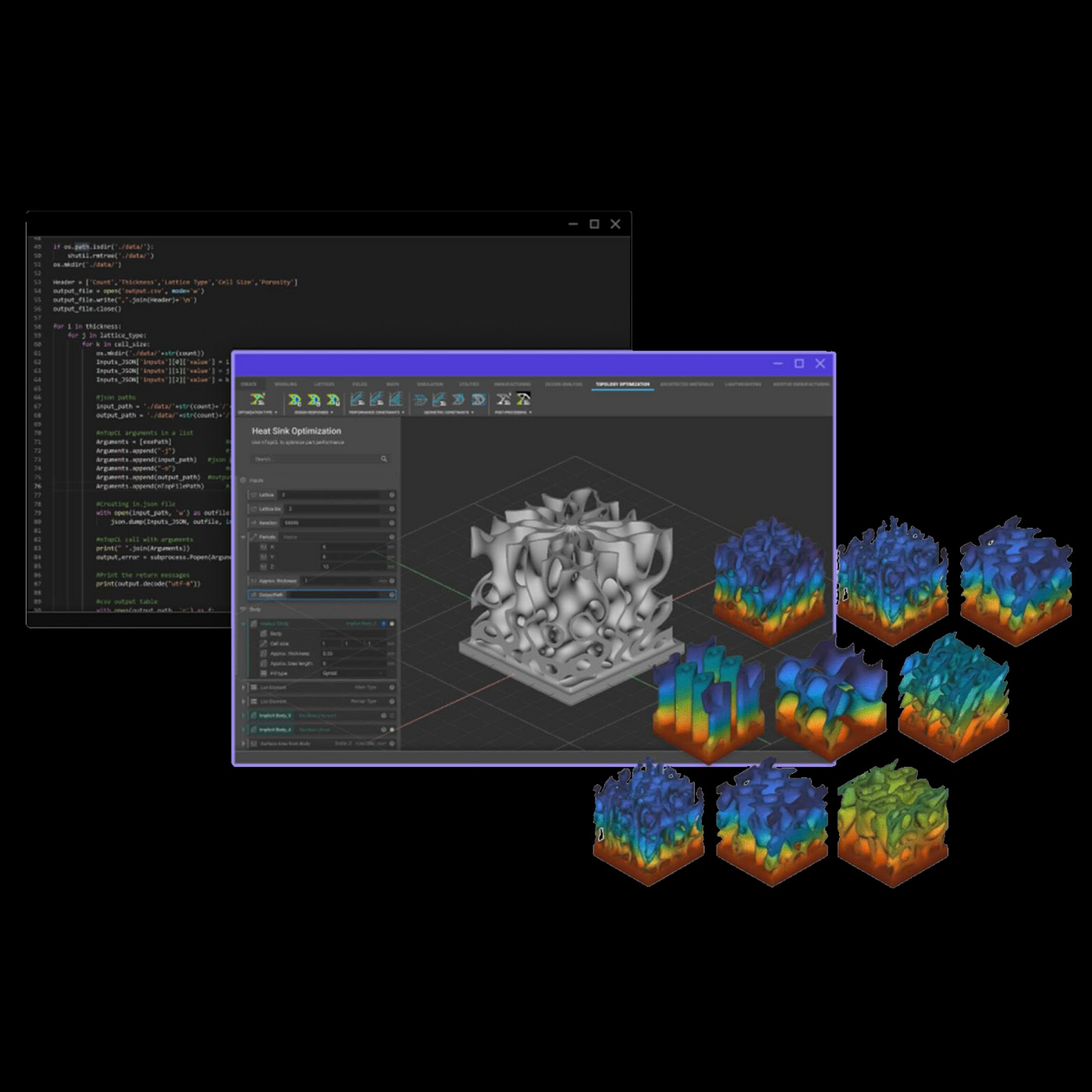
Design automation
Build and automate your workflow to iterate through new inputs without the risk of failure.
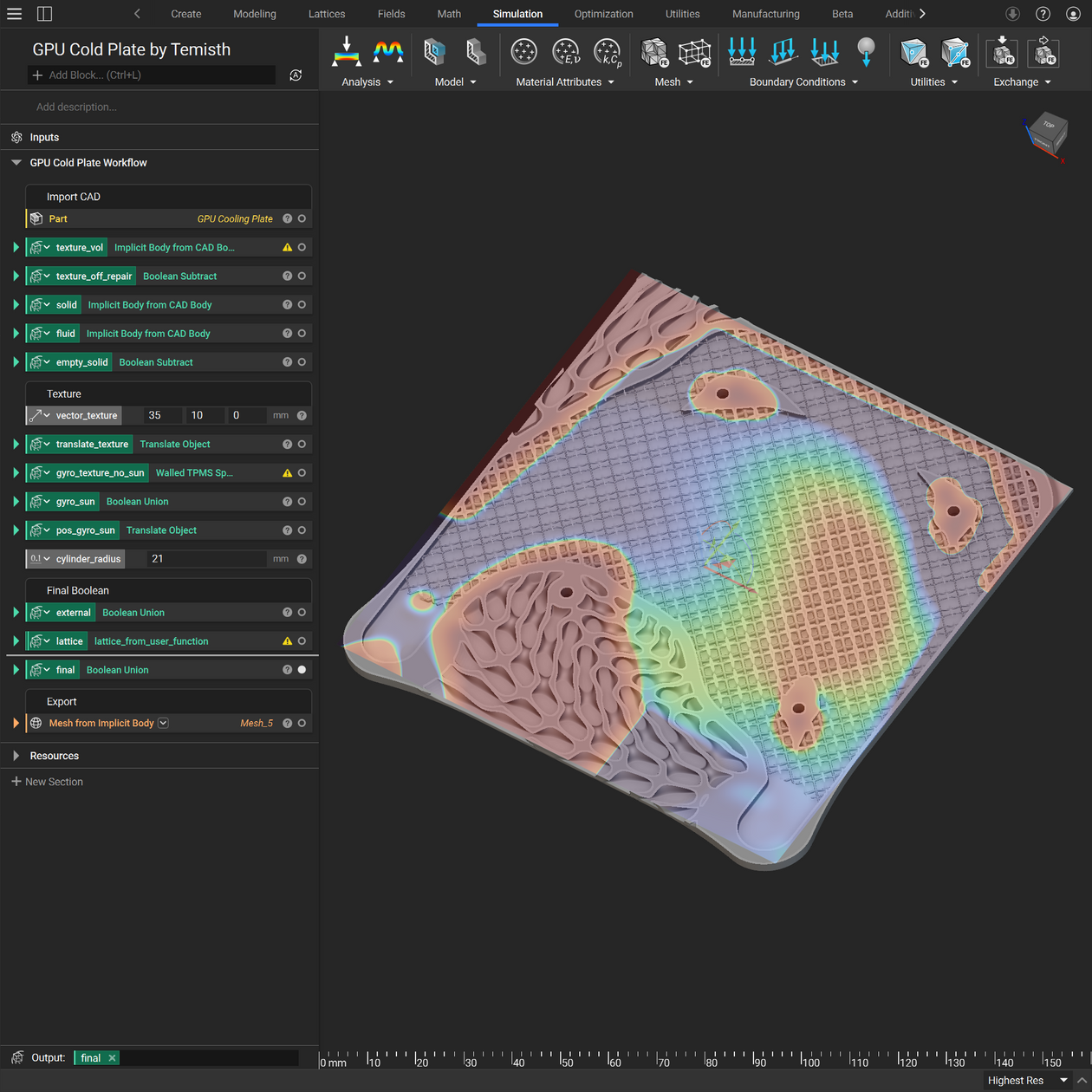
Design analysis and simulation
Simulate and evaluate using built-in tools with options to use solid elements, beam elements, or homogenization.
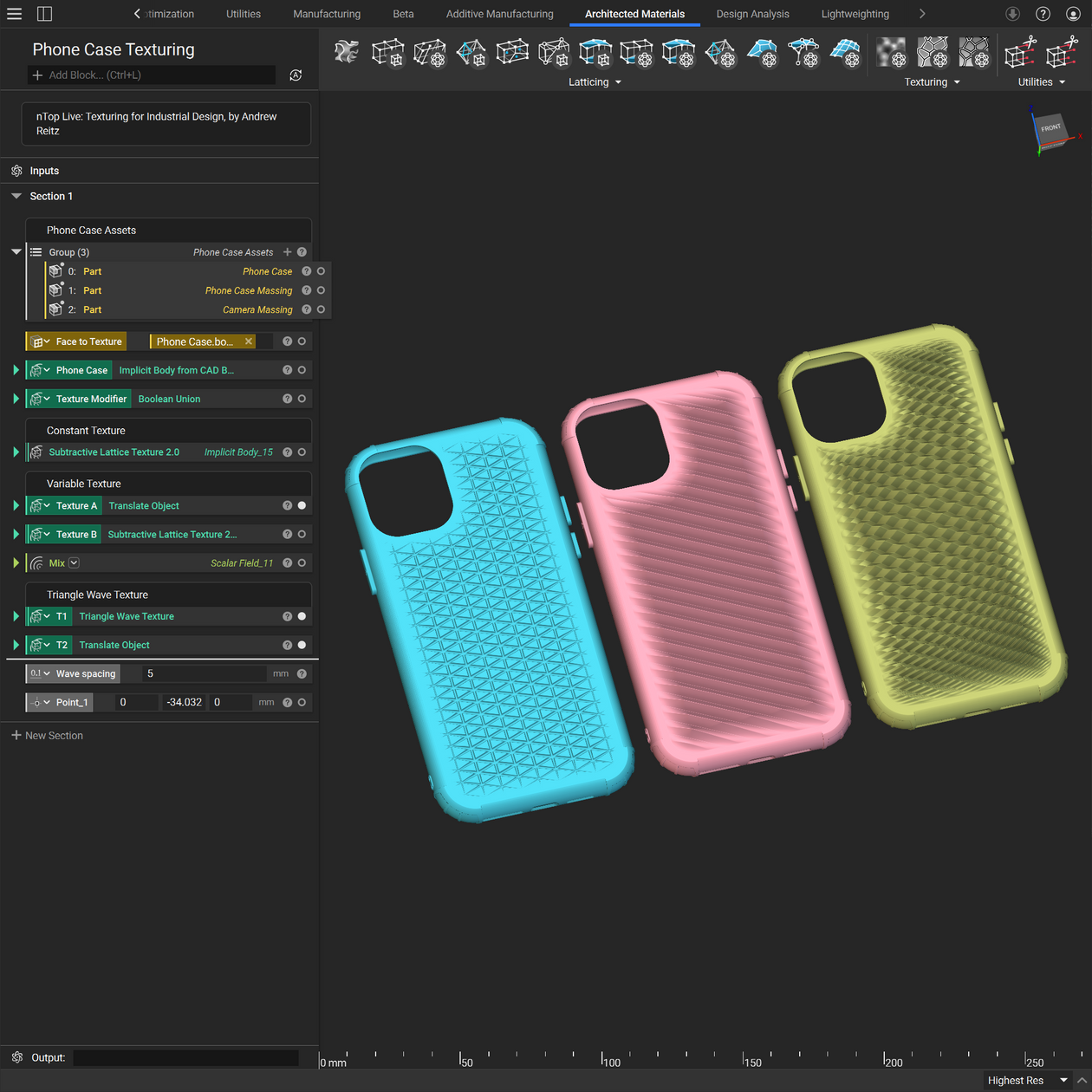
Surface texturing
Create custom surface textures easily using Field-Driven Design to control size, shape, or depth.

Air Force designs a 50% lighter CubeSat bus assembly with nTop
The U.S. Air Force Institute of Technology (AFIT) used nTop and architected materials to develop an additively manufactured CubeSat bus assembly. The resulting assembly is 50% lighter, 20% stiffer, and consolidates 125 parts to 25.
Software built on transformative technology
Architected materials resources for engineers and designers
- ARTICLE
Top 10 architected materials and lattice design videos
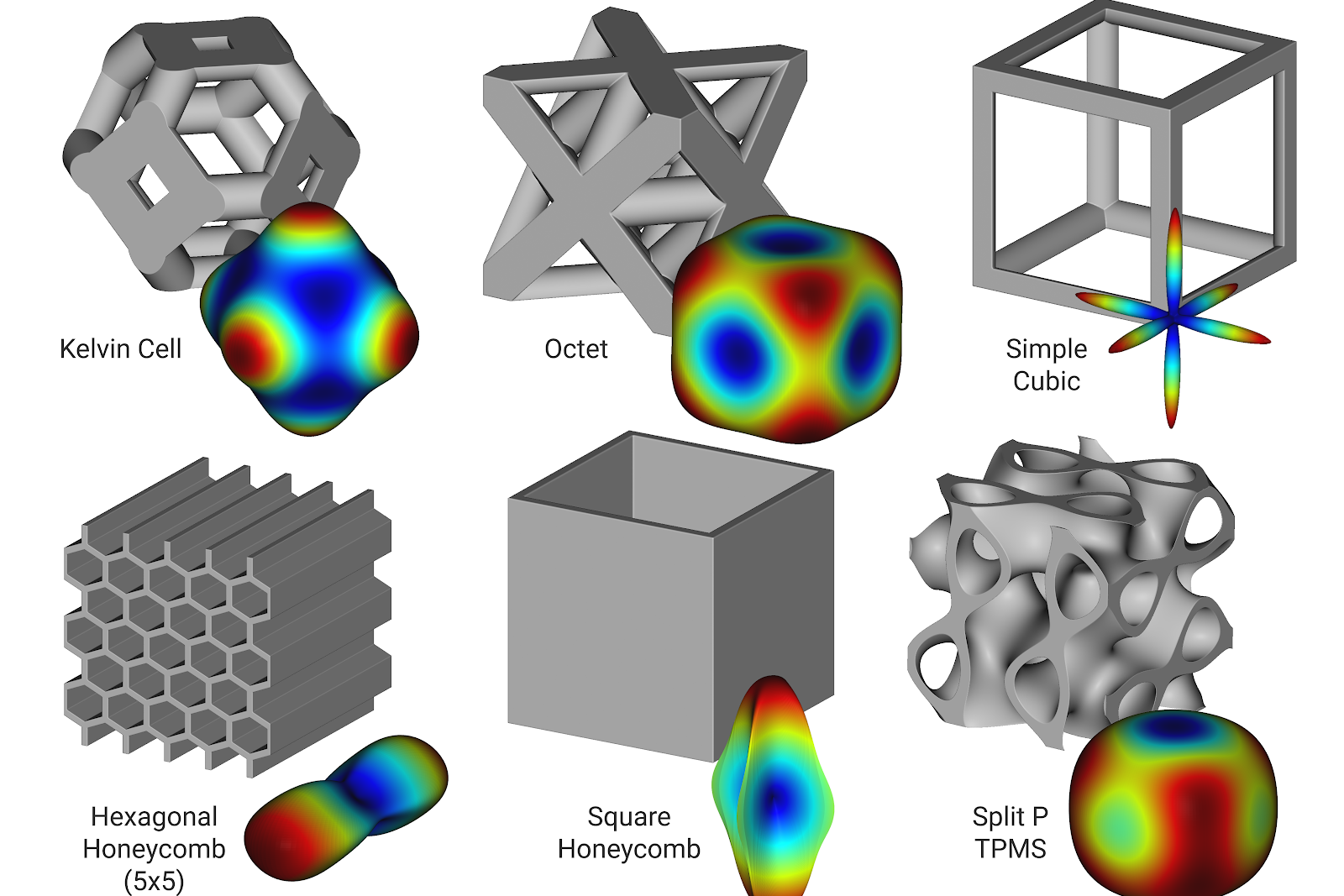
- VIDEO
Designing 3D printed implants with nTop
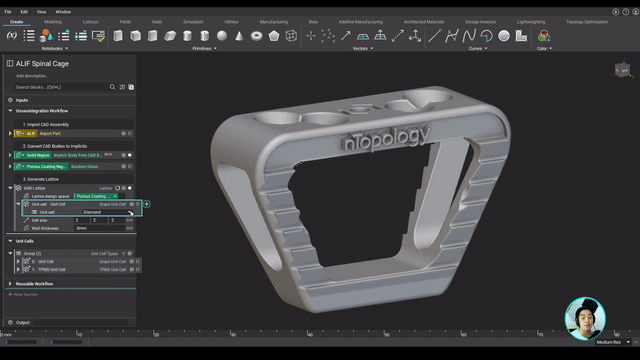
- ARTICLE
Advanced design tools for additively manufactured medical devices
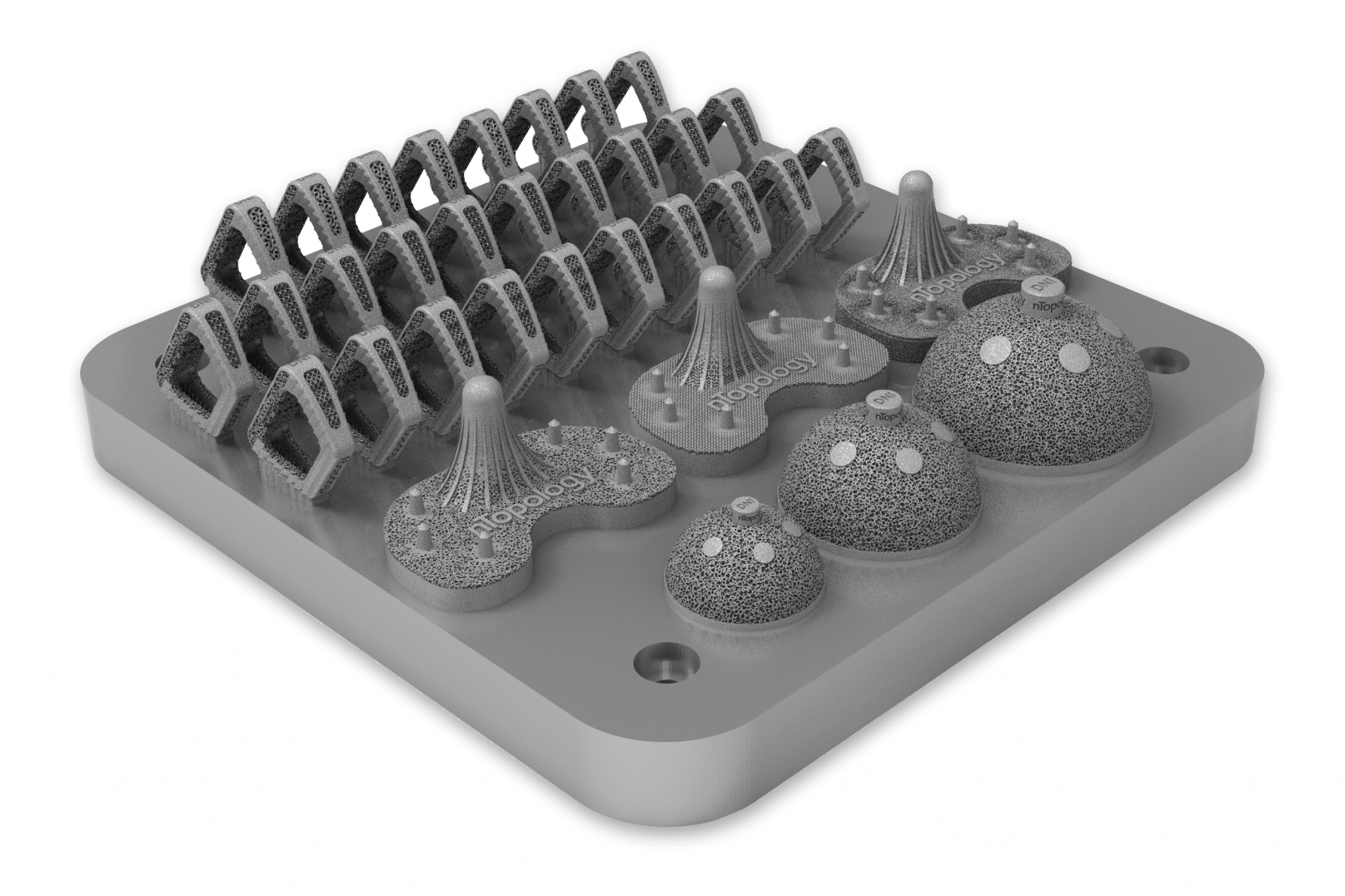
- VIDEO
NFL helmet challenge DfAM eSeries: Control the collapse - Architected materials for impact absorption
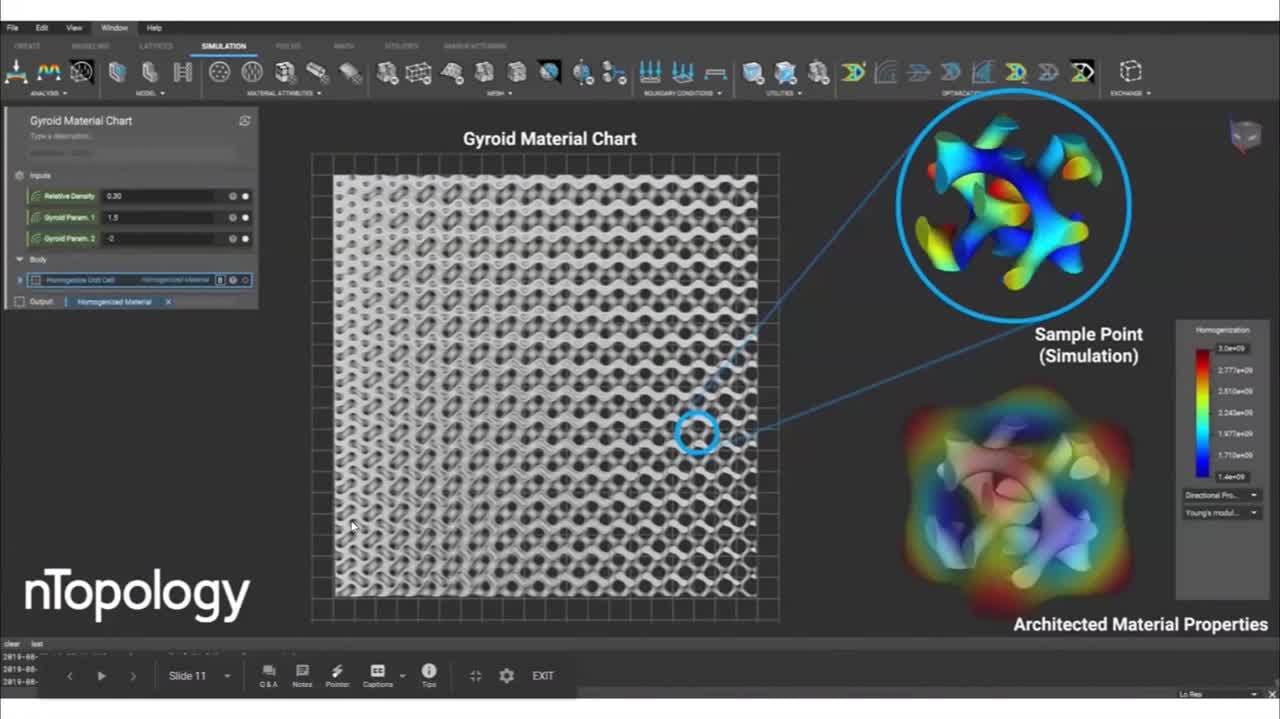
- VIDEO
Prosthetic socket: Designed for additive manufacturing
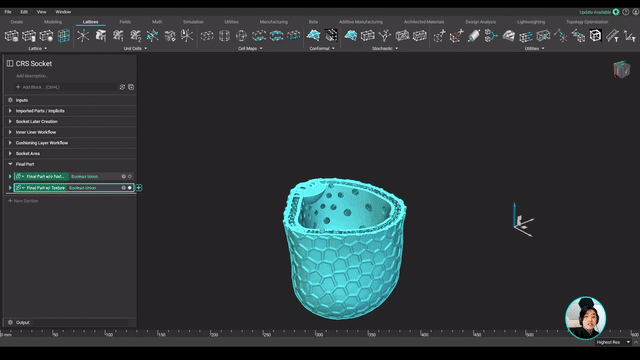
Start developing architected materials today.
nTop has the tools you need to maximize the benefits of AM.
